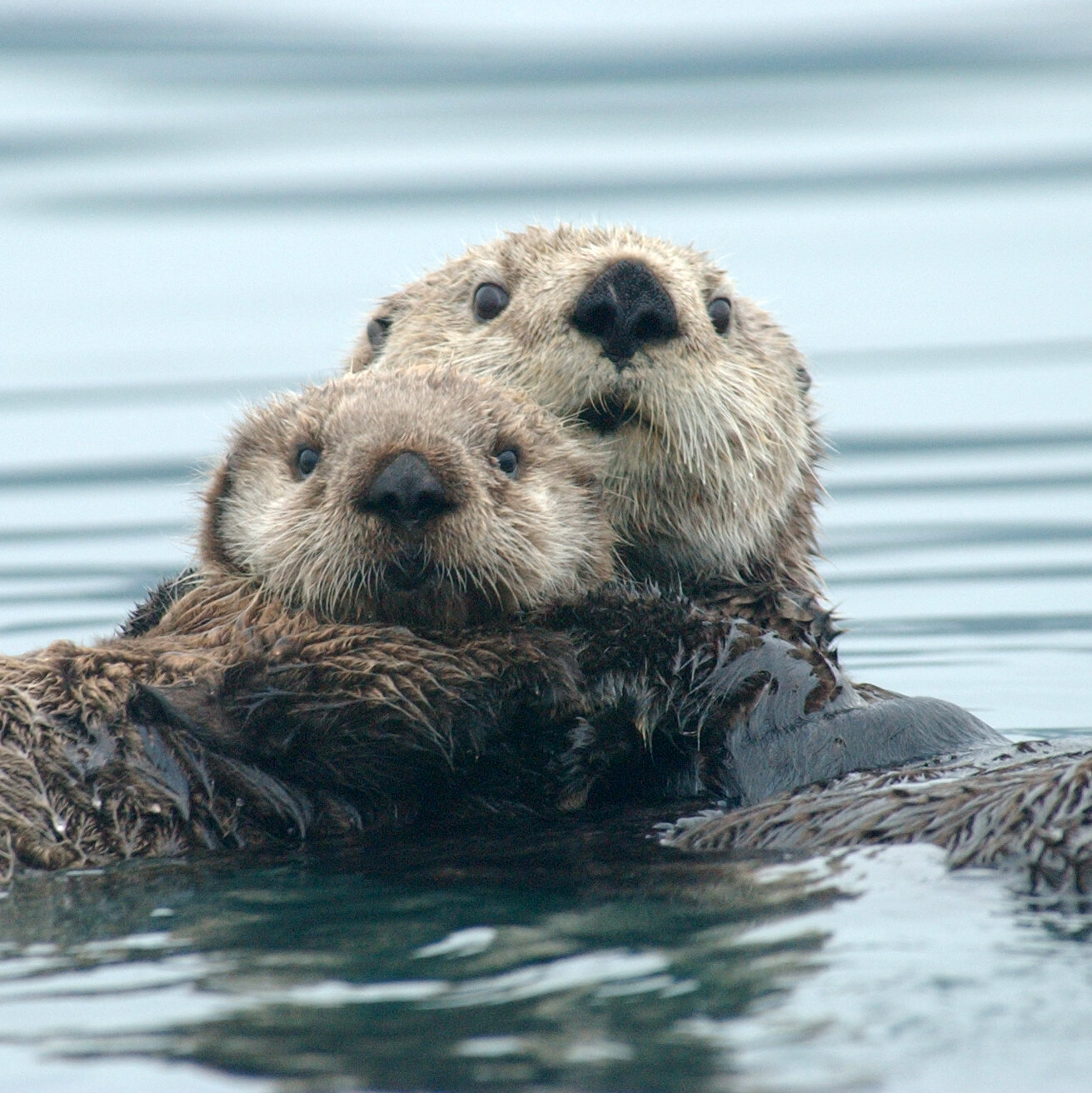Summary
In this lesson, students will explore how communities of living things are connected within an ocean ecosystem. They will create an ocean food web and learn how even small changes can impact an entire ecosystem.
Essential Question(s)
How are plants and animals interdependent in an ocean ecosystem?
Snapshot
Engage Students will use the I Notice, I Wonder strategy as they engage with images of various ocean ecosystems.
Explore Students will explore the interconnectedness of ocean ecosystems by creating a giant food web model.
Explain Students will read and discuss the book What If There Were No Sea Otters?: A Book About the Ocean Ecosystem by Suzanne Buckingham Slade.
Extend Students will extend their knowledge by creating their own “What If There Were No…” story for an ocean creature of their choice.
Evaluate Students will show what they have learned by identifying ecosystem connections between student-created stories.
Materials
Ocean Ecosystems slides (attached)
Creature Cards (attached)
Sidewalk Chalk or string
What If There Were No Sea Otters?: A Book About the Ocean Ecosystem by Suzanne Buckingham Slade
Anchor chart paper
Markers
White paper
Pencils, crayons, or colored pencils
Sticky Notes
Optional: research materials (books, posters, electronic devices)
Engage
Show the Ocean Ecosystems picture slides one at a time. Students should engage with each picture by using the I Notice, I Wonder strategy. This is a great time to uncover student preconceptions and background knowledge. As students share, begin recording their observations and vocabulary on chart paper. This will serve as the beginning of an anchor chart to be used later in the lesson.
Explore
Spread students out in a circle (you will need a large paved area where you can use the sidewalk chalk). Give each student a Creature Card and explain that today they will pretend to be the creature on their card. They will need to "hunt” for food that is listed on the card for their creature - this is their “diet.” Note that the Creature Cards also contain plant cards; you may disperse these between students around the circle or assign to students if needed.
Have students take turns introducing their creature and making connections to other creatures or plants in the circle as they “hunt” for food. To make connections visible, use sidewalk chalk to draw lines between students or students and plants. For example, the student holding the Creature Card for “Sea Otter” will draw a chalk line to the student who holds the “Sea Urchin” because that is a part of a sea otter’s diet. (Note: If you cannot use sidewalk chalk, an alternative would be to use string or yarn to make connections between students.)
After each student has had a chance to draw connections, discuss the patterns and relationships students notice in their food web.
Explain
Post your anchor chart from the Engage portion of this lesson. Review what you recorded as a class and have students make predictions about the story you are about to read - What If There Were No Sea Otters?: A Book About the Ocean Ecosystem by Suzanne Buckingham Slade.
As you read, pause and ask students to make connections to the story. Model this with a “This reminds me of…” statement and encourage students to make connections to the food web they created together. Use the Think-Pair-Share Strategy and curate student connections on your anchor chart.
Extend
Have each student select an ocean creature they would like to investigate. Explain they they will create their own “What If There Were No…” story for the creature they have selected. As a class, decide what your stories should include, using the book What If There Were No Sea Otters?: A Book About the Ocean Ecosystem as a model. Students might identify that they need to include their creature’s diet, what might happen if a part of that food chain disappeared, and why that might happen (pollution, over-fishing, etc.).
Distribute the white paper, pencils, crayons, colored pencils, or any other tools for students to use in creating their stories. The Creature Cards and anchor chart should be available for them to reference as well as any research tools you may have available (books, electronic devices, etc.)
Evaluate
Create a Gallery Walk for students to share their stories. As they circulate, student partner groups will stop, discuss, and use sticky notes to leave feedback in the form of a question or comment for the author. Check for understanding by evaluating student stories and observing discussions during the Gallery Walk. Ask questions to probe for deeper understanding, when needed.
Resources
Slade, S. B. (2011) What If There Were No Sea Otters?: A Book About the Ocean Ecosystem. Picture Window Books.
K20 Center. (n.d.). I Notice, I Wonder. Strategies. https://learn.k20center.ou.edu/strategy/180
K20 Center. (n.d.) Think-Pair-Share. Strategies. https://learn.k20center.ou.edu/strategy/139
K20 Center. (n.d.). Gallery Walk. Strategies. https://learn.k20center.ou.edu/strategy/118
Creature card photo citations are included with the card sort.
Ocean Ecosystem for Kids https://sciencing.com/ocean-ecosystem-kids-12071312.html


